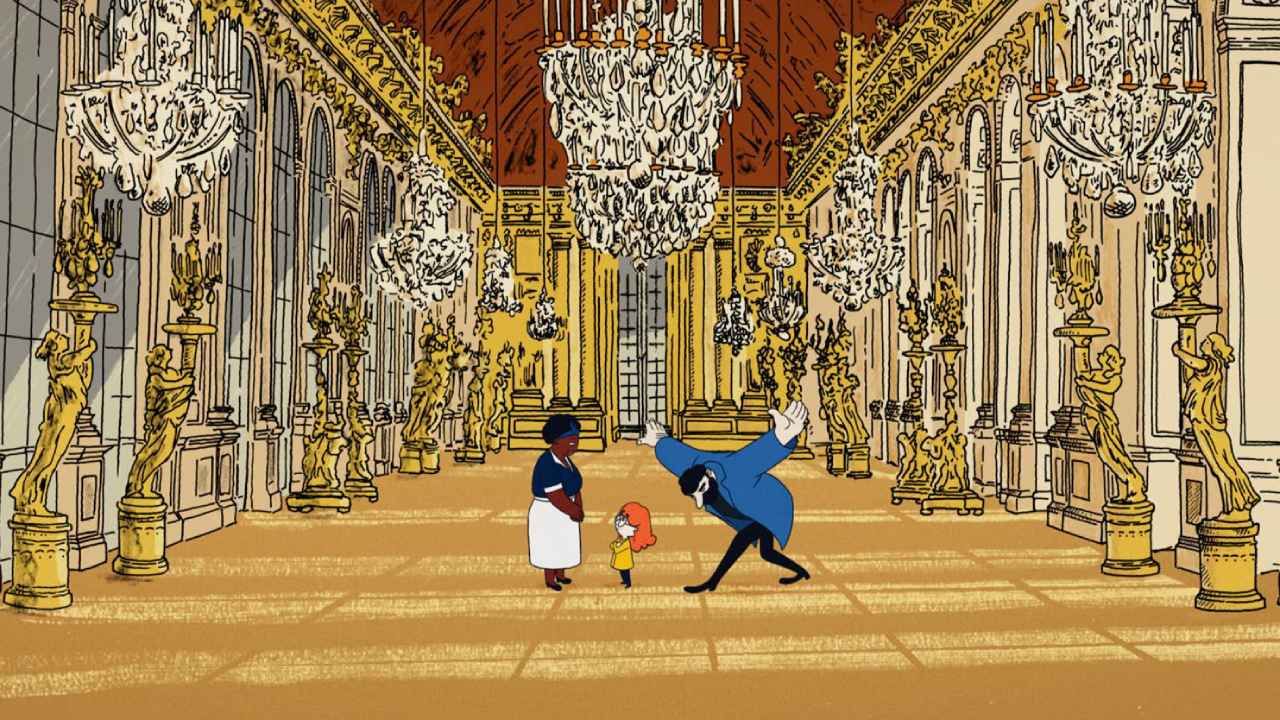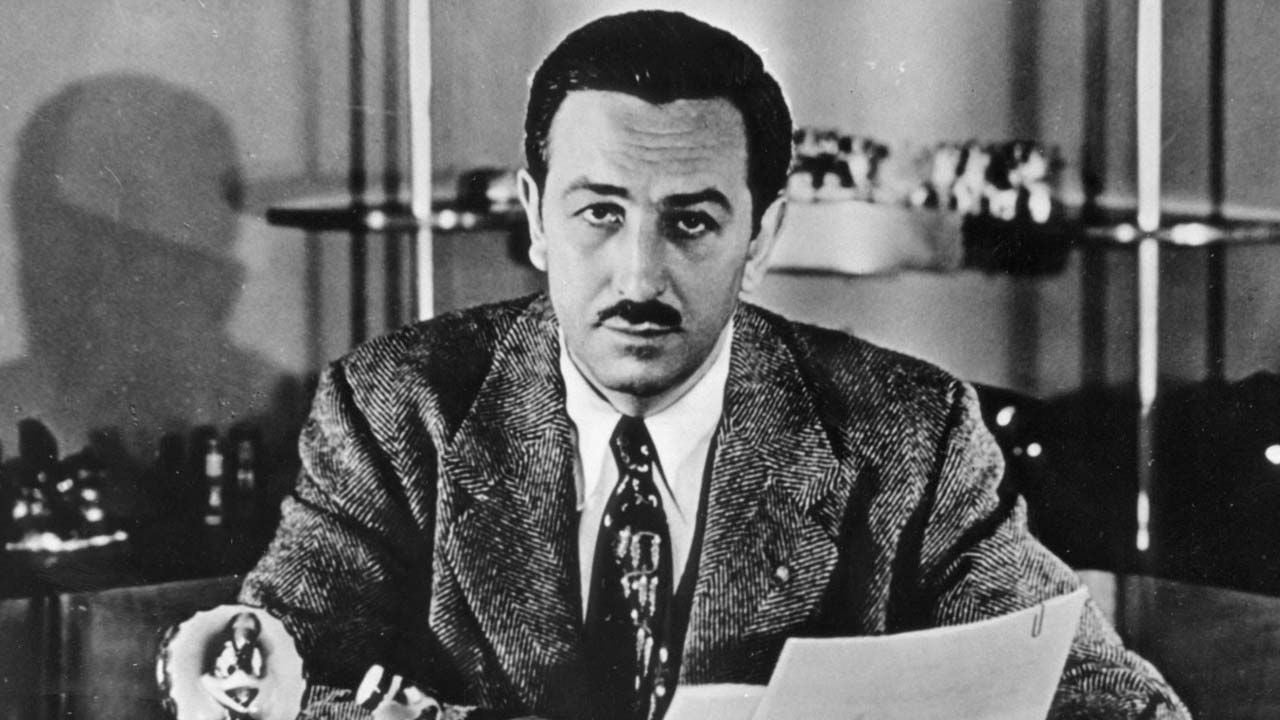Commedia dell’arte is estimated to have emerged in Italy on February 25, 1545. The genre has influenced many actors, playwrights and directors, such as Shakespeare, Molière, Dario Fo and Marcelo Moretti. always anti-academic and contradictory. In the 15th and 16th centuries, the criticisms he launched against doctors, soldiers, prelates, nobles and Catholics, bankers and businessmen, hypocrites and bigots resulted in bans, threats and punishments. Many street comics even had to emigrate.
Fonts with fixed characters
Author and actor of great importance for this theatrical genre was Angelo Beolco (1502-1542), known as il Ruzante, a character who represented and was characterized by being a greedy, crude, lazy, naive and mocking farmer. His are the first literary documents in which the repetition of the same characteristics in homonymous characters animates a series of fixed types, considered the forerunners of the Commedia dell’arte masks.
The first group was formed in 1545, when eight actors from Padua, Italy, undertook to perform together for a certain period – until Lent of 1546. They were the first group of European actors to live exclusively from their craft. The characters represented were divided into three categories: lovers, old men and servants, called zannis, a word that probably derives from Giovanni, a typical name of the Italian peasant environment.
Among the characters wearing masks, Pantaleone (Pantaleone) stood out, a wealthy Venetian merchant, generally stingy and conservative. With his slender figure it contrasted and completed itself in the scenic game with the round figure of the other old man, the Doctor, who could appear as his friend or rival. This second character was pedantic, usually a lawyer or doctor, who spoke a Bolognese dialect interspersed with Latin words or phrases.
Grace of Harlequin
The most varied and popular types of Commedia dell’arte were the zanni. They were divided into two categories: the first zanni, cunning, moved with their intrigues; the second, rude and naive, interrupted the action and unleashed the comedian with his awkward jokes.
The most popular mask among the Zanni was that of the Arlecchino, who came from Bergamo. He embodied a mixture of cunning and naivety, always at the center of intrigue. It is assumed that, over time, his costume has acquired colored and scattered spots, from which his current lozenge costume, typical of the harlequin in carnival, derives.
Harlequin’s most frequent companion was Briguela (Brighella), a libidinous, cynical and cunning servant. Another zanni that already existed from the Neapolitan carnival and became part of the Commedia dell’arte was Polichinelo (Pulcinella). A prominent role was also played by the Captain (Il Capitano), a coward who boasted of his prowess in battle and in love, but was later denied.
Manichaean view of the world
The use of the mask in the Commedia dell’arte was so important that it began to be called “the comedy of masks”. The actors wore half masks, which left the lower part of the face uncovered, allowing for perfect speech and more comfortable breathing, suited to the needs of the stage game. The mask provided instant recognition of the character from the audience.
Arlequim, Briguela, Pantaleão, Balanzone, Rosaura, Colombina and the Captain were interpreters of a world of extremes, where feelings and thoughts were reduced to stereotypes and the mask mediated the utmost simplification. There were no nuances in the astuteness of Arlecchino, in the avarice of Pantaleone, in the doctoral affectation of Balanzone, in the coquetry of Colombina.
Everything was immediate and with a direct language, facilitating the understanding of the public installed in the shaded areas of the public square. The dialogues were usually very short, to provoke laughter more quickly, before the interpreters were dispersed by the police. From the streets, the Commedia dell’arte became part of the court festivities. Famous painters such as Tiepolo and Callot immortalized the characters of the Comedy on the screen.
In the 17th century the sculptor Bustelli created a series of Comedy costumes for the Nymphenburg Palace Porcelain Manufactory in Munich. Today they are highly coveted objects by collectors. In the mid-17th century obscenities began to disappear and the Commedia dell’arte conquered the theater scene, through Molière and Carlo Goldoni.
______________
Deutsche Welle is Germany’s international broadcaster and produces independent journalism in 30 languages. Follow us on Facebook | Twitter | Youtube
| whatsapp | Application | Instagram | news bulletin
Source: Terra
Rose James is a Gossipify movie and series reviewer known for her in-depth analysis and unique perspective on the latest releases. With a background in film studies, she provides engaging and informative reviews, and keeps readers up to date with industry trends and emerging talents.







